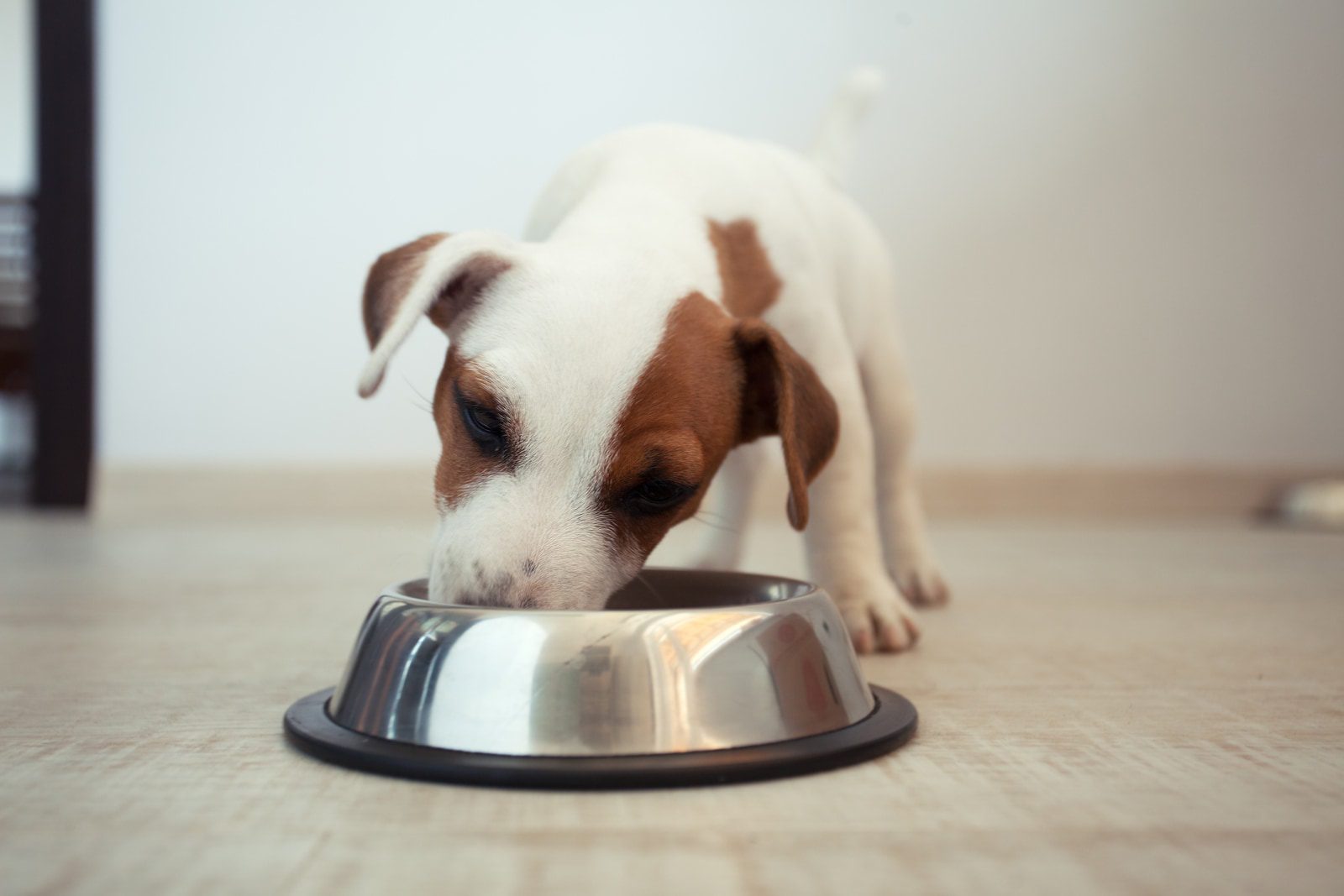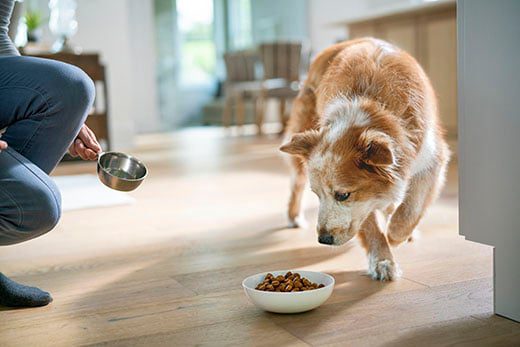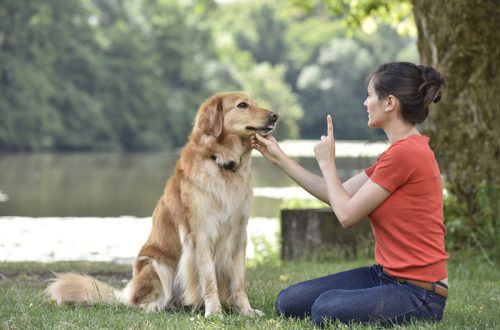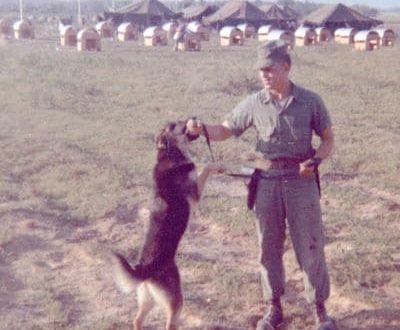
How many times a day should a dog be fed?
A growing dog requires a lot of food, and your veterinarian may recommend that you feed your puppy several times a day. But what to do when the puppy grows up? You may be wondering, “How often should I feed my dog?” or “How much should my dog eat?”
To answer these questions, there are several nutritional recommendations that apply to energetic puppies, relaxed older dogs, and any age in between.
Contents
puppy feeding
Puppies grow quickly, so they need to eat nutritious food and do so often. Since they burn a lot of energy, you should start by feeding your puppy frequently, gradually moving him to less frequent meals. This process will help him grow big and strong.

6 to 12 weeks
Puppies should be eating food that is nutritionally appropriate for their needs for bone and muscle growth, such as Hill’s Science Plan Healthy Development for Puppy, which is complete “fuel” for your active puppy. Quality puppy food contains optimal amounts of protein, DHA and vitamins to keep your puppy growing at the right pace. The American Kennel Club (AKC) recommends four meals a day for puppies between six and twelve weeks of age. We also recommend feeding puppies wet food to help them learn to chew.
From 3 to 6 months
During this time, you can reduce the number of meals up to three times. You will see how your puppy becomes more adult during this period – his tummy and baby swelling will begin to disappear. The AKC recommends feeding puppies the puppy portions until you see your pet becoming an adult dog.
From 6 to 12 months
At this age, the number of feedings per day should be reduced to two. Keep in mind that after spaying, a dog’s energy levels may drop, and this may be a good time to switch from nutrient-rich food to adult dog food. Although you should consult with your veterinarian in all cases, as a general rule, smaller breeds transition to adult dog food at 10-12 months of age, and larger breeds a little later at 12-14 months of age or even later. The largest breeds should be fed puppy food up to 14 months of age.
Not sure what your dog needs? The transition to food for adult dogs should also be done not immediately, but within a few days. Too drastic changes can lead to stomach problems in a puppy. To switch from one food to another, give your dog a mixture of the old and new food, gradually increasing the proportion of the new food. Over the course of a week, gradually reduce the amount of old food while increasing the amount of new food.
As with any other important matter regarding your dog’s health and development, talk to your veterinarian about proper feeding regimens. Although dog food packages and cans usually contain feeding instructions, the eating habits of different dogs can vary depending on breed, weight, health status, and many other factors. Your veterinarian will be able to give you the best advice on the proportions and amounts of food you should give your puppy to ensure healthy growth.
Feeding an adult dog
When your dog is fully grown, you should give him food that will keep him fit and healthy, preventing any problems from developing. The type of food and serving size should be appropriate for the breed, size and lifestyle of the dog. Again, this should be discussed with the veterinarian and ensure that the dog is getting adequate nutrition.
From 1 to 7 years
Many owners give their dogs two half servings a day. How much is it? It depends on the dog. Measure the amount of food instead of putting it on the eye: this way you will know that the dog is getting the amount of food he needs every day.
Monitor your dog’s weight and, if he gains weight, reduce the amount of food under the supervision of a veterinarian. Signs of being overweight include the following: you can’t feel your dog’s ribs, you can’t see his waist, and there’s fat on his hips, at the base of his tail, and on his feet.
Dogs should eat at the same time, usually once in the morning and once in the evening – consistency is key. It should also be remembered that the type of food you choose is of fundamental importance. If your dog is calm, consider a diet that matches his lifestyle to provide him with nutrients but without the threat of weight gain.
Older than 7 years
Your dog is starting to age and become less active. It must be remembered that dogs age faster than humans, so changes in their well-being and behavior occur much earlier. To support brain function, energy, a healthy immune and digestive system, and a luxurious coat, Science Diet Senior Vitality is the way to go. This diet is designed for mature dogs, which takes into account the possible decrease in the activity of the pet, including a slow metabolism. Senior Vitality Dog Food can help you get the right amount of calories, including extra nutrients, to get your pet back in a playful mood and feeling good.
Caring for an elderly dog
Your dog is officially out of middle age. She changes as she gets older, so you need to monitor her diet and talk to your veterinarian about whether it’s time for you to switch to senior dog food.

Larger breed dogs reach old age earlier, so it’s important to ask your veterinarian if this has already happened to your pet. For example, a Shih Tzu may be briskly running around the house at the age of eleven, while a golden retriever becomes less energetic around seven.
Around this time, you should reduce the amount of food you eat to avoid excess weight associated with reduced physical activity. You should also monitor older dogs for signs of weight loss that may be related to health, such as oral disease. Continue to feed your dog twice a day. The routine can be good for your dog. If you notice changes in your dog’s weight or eating habits, talk to your veterinarian.
Feeding your dog the right amount of high quality dog food at every stage of its life will greatly help in maintaining its health. Just as different people eat different amounts of food, different dogs eat different amounts of food, so it’s best to start with a consultation with your veterinarian.
Please note that the above age ranges and information are indicative only. Health problems can age a dog faster, and conversely, it can remain energetic and cheerful well into old age. Monitoring your dog’s health, choosing quality food at every stage of his life, and maintaining an open dialogue with your veterinarian will help you determine how much food your dog needs and make the best choices to feed your furry friend well into childhood, adulthood, and old age. .





